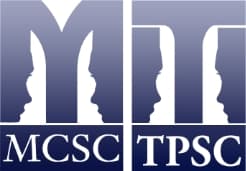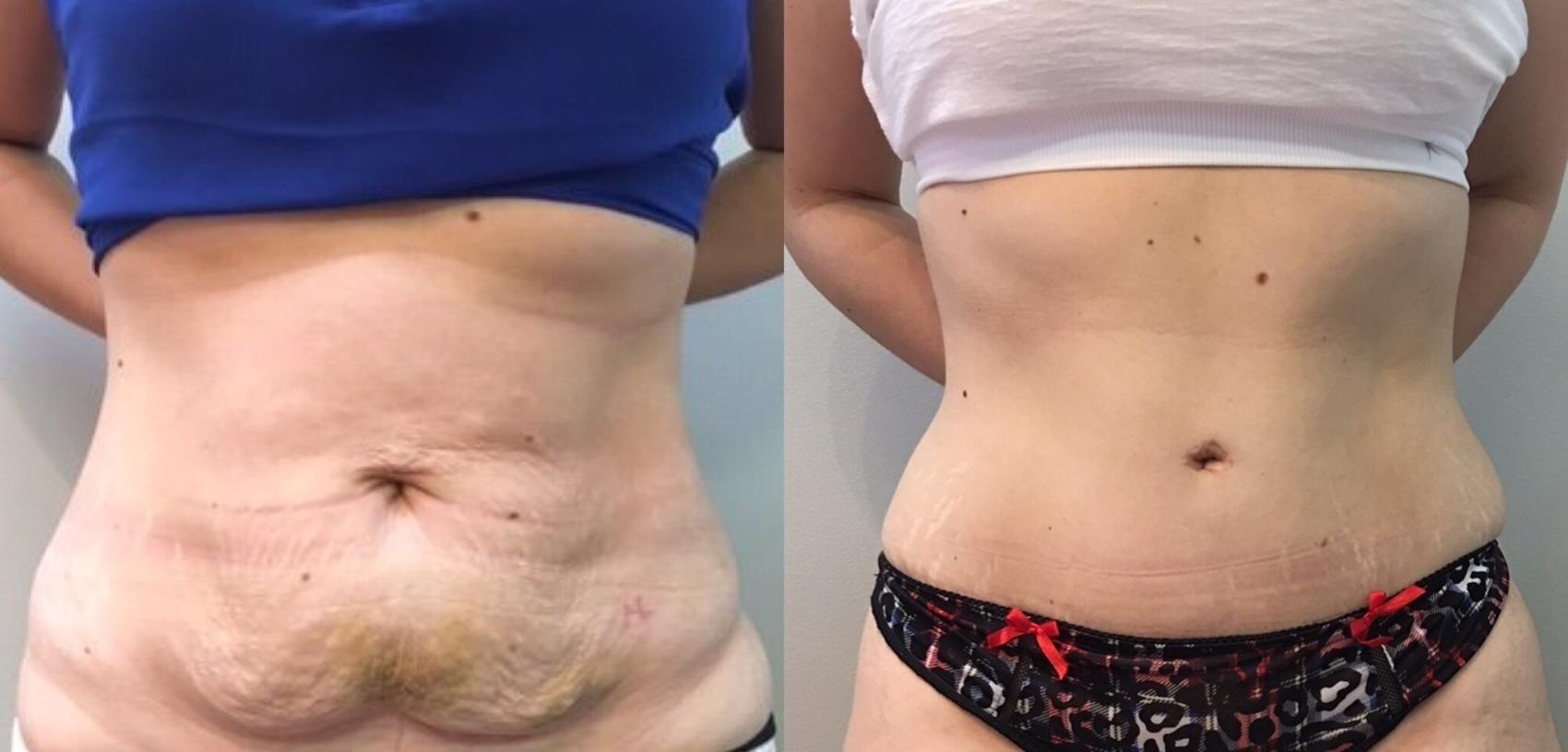If your stomach appears soft, rounded, or bulging—especially after pregnancy or weight loss—you’re not alone. Many people struggle with changes in their abdominal shape and strength that diet and exercise alone can’t fix. In many cases, the issue isn’t stubborn belly fat—it’s a condition called diastasis recti. That leads to a common question: Should you pursue diastasis recti surgery vs tummy tuck surgery?
We’re here to help you understand your options so you can make an informed, confident choice and achieve your aesthetic goals.
What Is Diastasis Recti?
Diastasis recti is a separation of the rectus abdominis muscles (the coveted “six-pack” muscles) along the midline of the abdomen. This condition often develops during pregnancy as the growing uterus stretches the abdominal wall.
You may have diastasis recti if you notice a ridge or bulge down the center of your stomach, especially when you sit up. Other symptoms may include:
- Lower back pain
- Poor posture
- Weak core muscles
- Difficulty engaging the abdomen
In addition to being a common post-pregnancy concern, diastasis recti occurs in men or women following significant weight gain or repeated strain on the core.
How Does Abdominal Separation Surgery Work?
In general, diastasis recti repair involves suturing the separated abdominal muscles to restore strength and core stability. This technique is almost always included as part of a tummy tuck rather than performed on its own.
In most cases, diastasis repair is considered a cosmetic procedure and not eligible for coverage under OHIP. However, if the condition leads to related medical complications such as a ventral hernia, partial coverage may be available. Final eligibility is assessed on a case-by-case basis.
Recovery generally involves activity restrictions to allow the muscles to heal properly. Once healing is complete, many patients report improvements in core function and physical comfort. In theory, this approach is best suited for cases where muscle separation is the only concern; however, this is uncommon in cosmetic surgery settings.
What Is a Tummy Tuck—and How Is It Different?
A tummy tuck, or abdominoplasty, addresses both functional and aesthetic concerns. In addition to tightening separated abdominal muscles, it removes excess skin and fat to improve the abdominal contour. It is often a suitable option for people who:
- Want a flatter, stronger core
- Wish to address loose skin and tissue
- Have separated or weakened abdominal muscles
- Want to feel more comfortable and confident in the midsection
Most full tummy tucks include muscle repair by default; mini tummy tucks do not. This makes a full tummy tuck a comprehensive solution for patients with diastasis recti who also have stretched skin, a “belly pooch,” or cosmetic concerns related to their midsection.
When combined with other procedures such as breast augmentation and liposuction, a tummy tuck is commonly included in a mommy makeover for women seeking more extensive post-pregnancy body contouring.
Diastasis Recti Surgery vs Tummy Tuck: Which One Is Right for You?
Patients whose only concern is muscle separation and who have good skin tone sometimes consider diastasis repair alone. However, most people with diastasis recti also have stretched or lax skin, making a tummy tuck the more common solution.
| Feature | Standalone Muscle Repair (Not Common) | Tummy Tuck |
|---|---|---|
| Main Purpose | Repair separated abdominal muscles | Repair muscles + remove excess skin and fat |
| Best For | Patients with firm skin and isolated muscle separation | Patients with loose skin, stretch marks, or a belly “pooch” |
| Key Benefits | May improve core stability and function | Flattens and contours the entire abdomen |
| Recovery Time | Typically shorter recovery | Longer recovery due to more extensive correction |
| Scarring | Minimal scarring near the bikini line | More prominent scar, typically hidden below the underwear line |
| Included in a Tummy Tuck? | Often a standalone procedure | Yes, muscle repair is typically part of the procedure |
Note: Standalone muscle repair is rarely offered in cosmetic surgery practices. Most patients benefit from tummy tuck surgery, which includes muscle tightening as part of the procedure.
During your consultation, we’ll assess your unique needs, anatomy, and goals to recommend the best course of action.
Why Choose Mississauga Cosmetic Surgery Clinic?
Led by experienced plastic surgeon Dr. Michael Weinberg, our clinic takes a personalized approach to every procedure. With a reputation for excellence and attentive care, we offer tummy tuck surgery tailored to your body and aesthetic goals. Our team will guide you with compassion and medical expertise, from consultation to recovery.
Reclaim Your Core Confidence
If you’re concerned about weakened core muscles and lax skin on your abdomen, we’re here to help you explore your options. Request a consultation today using the online form or call us at (905) 273-3045, and take the next step toward a stronger, more sculpted midsection.






Leave a Reply